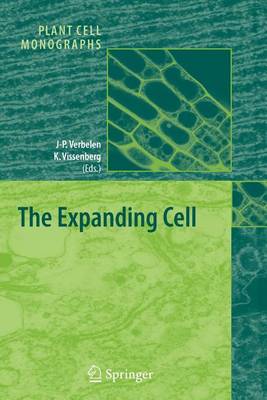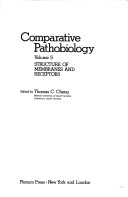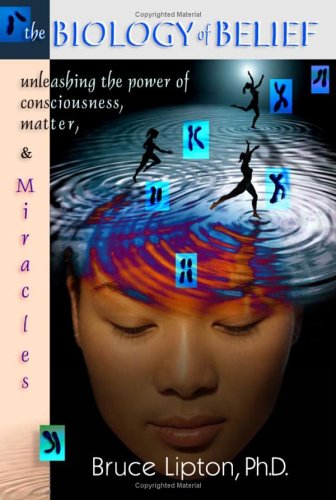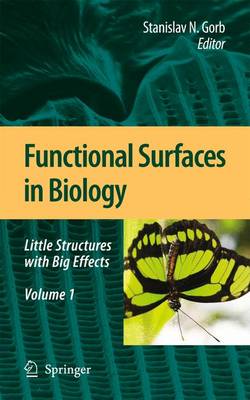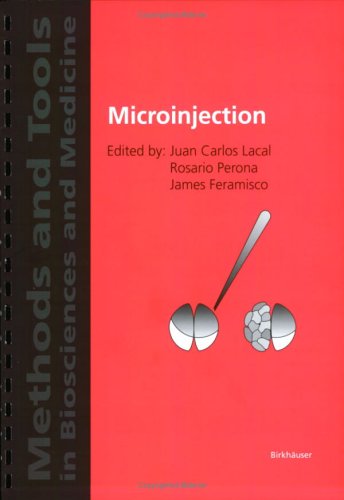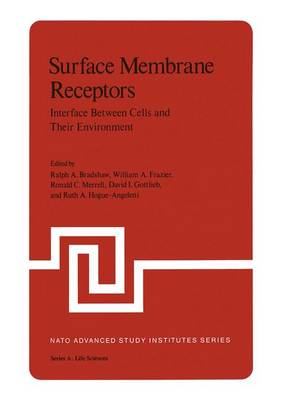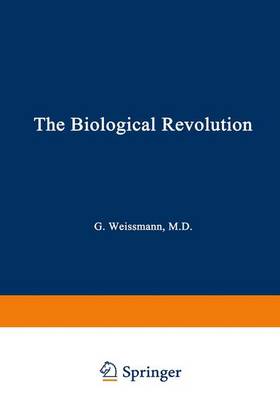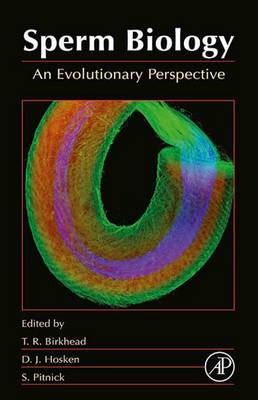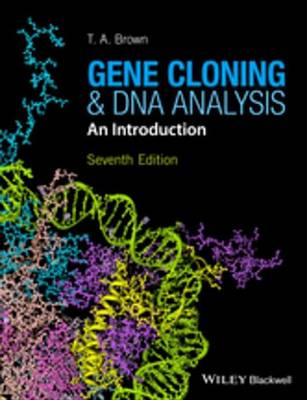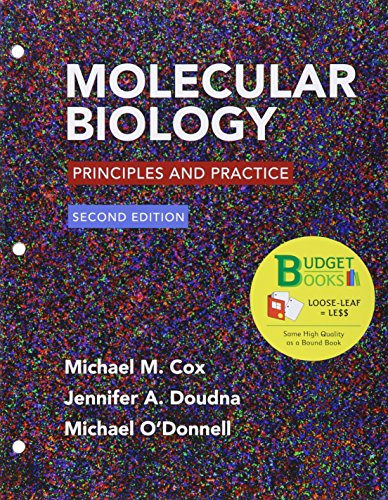The study of plant cell expansion involves many different disciplines and technical approaches, and this book brings this diversity together to present a multifaceted view of the most up-to-date knowledge. Coverage includes data ranging from biophysical measurements and chemical analysis to molecular biological approaches and microscopy.
Structure of Membranes and Receptors (Comparative Pathobiology, #5)
by Guan Ang Cheng and Thomas C. Cheng
Current Topics in Developmental Biology, Volume 46
by By Roger a Pedersen Edited
Extracellular Nucleotides and Nucleosides (Current Topics in Membranes, #54)
by Erik Mills Schwiebert
Purinergic receptors are proteins that bind ATP as their extracellular ligand. Once thought only as an intracellular molecule that provides energy, ATP is also now considered an essential autocrine/paracrine agonist that acts extracellularly within tissues and tissue microenvironments. Receptors for ATP and its metabolites, so-called "purinergic receptors," are essential membrane receptors that transduce the extracellular signal carried by ATP. Many cell types or tissues express multiple type...
A world-renowned cellular biologist introduces the revolutionary science of epigenetics--a field that demonstrates how the energy of consciousness is as important as shaping life on earth as DNA and chemistry.
See DNA technology at work in the real worldUnderstand cell structure, metabolism, and reproductionMake sense of genetics and inheritance Your insider guide to the stuff of life 3.8 billion years old and countingthere's a lot to know about the fundamentals of life. This friendly, jargon-free guide takes you from the primordial soup to the present, explaining how specialized cells have given rise to everything living, from the humblest amoeba to walking, talking humans. Whether you're taking...
In Vitro Transcription and Translation Protocols (Methods in Molecular Biology, v. 375)
by Guido Grandi
An update of the previous edition, "In Vitro Transcription and Translation Protocols" provides molecular biology laboratories with the most powerful techniques for employing in vitro transcriptions and translation systems. Consisting of sections focusing on technology and applications, its topics include continuous-exchange protein synthesizing systems, energy systems for ATP regeneration in cell-free protein synthesis reactions, as well as examining in vitro translation to study HIV protease ac...
Tetrahymena Thermophila. Methods in Cell Biology, Volume 62.
by David J Asai, James D Forney, Leslie Wilson, and Paul T. Matsudaira
Microinjection (Methods and Tools in Biosciences and Medicine)
by Juan C Lacal and Rosario Perona
Antibiotic Inhibition of Bacterial Cell Surface Assembly and Function
The Golgi Apparatus: State of the Art 110 Years After Camillo Golgi's Discovery
Sperm Biology represents the first analysis of the evolutionary significance of sperm phenotypes and derived sperm traits and the possible selection pressures responsible for sperm-egg coevolution. An understanding of sperm evolution is fast developing and promises to shed light on many topics from basic reproductive biology to the evolutionary process itself as well as the sperm proteome, the sperm genome and the quantitative genetics of sperm. The Editors have identified 15 topics of current...
Known world-wide as the standard introductory text to this important and exciting area, the seventh edition of Gene Cloning and DNA Analysis addresses new and growing areas of research whilst retaining the philosophy of the previous editions. Assuming the reader has little prior knowledge of the subject, its importance, the principles of the techniques used and their applications are all carefully laid out, with over 250 clearly presented four-colour illustrations. In addition to a number of inf...
Colour Atlas of Muscle Histochemistry
by Roger A. Brumbach, Richard W. Leech, and Roger A Brumback
Mitochondria (Methods in Cell Biology)
by Liza A Pon, Eric A Schon, Leslie Wilson, and Paul T. Matsudaira
This title employs biochemical, cell biological, and genetic approaches to study mitochondrial structure, function, and biogenesis. Also of interest are the consequences of impaired mitochondrial function on cells, tissues, and organs. The book is full of step-by-step "how to" methods with sample results, interpretations, and pitfalls. There is a unique set of appendices that include gene catalogs, mtDNA maps, and reagents for probing respiratory chain function. Finally, there are applications...

